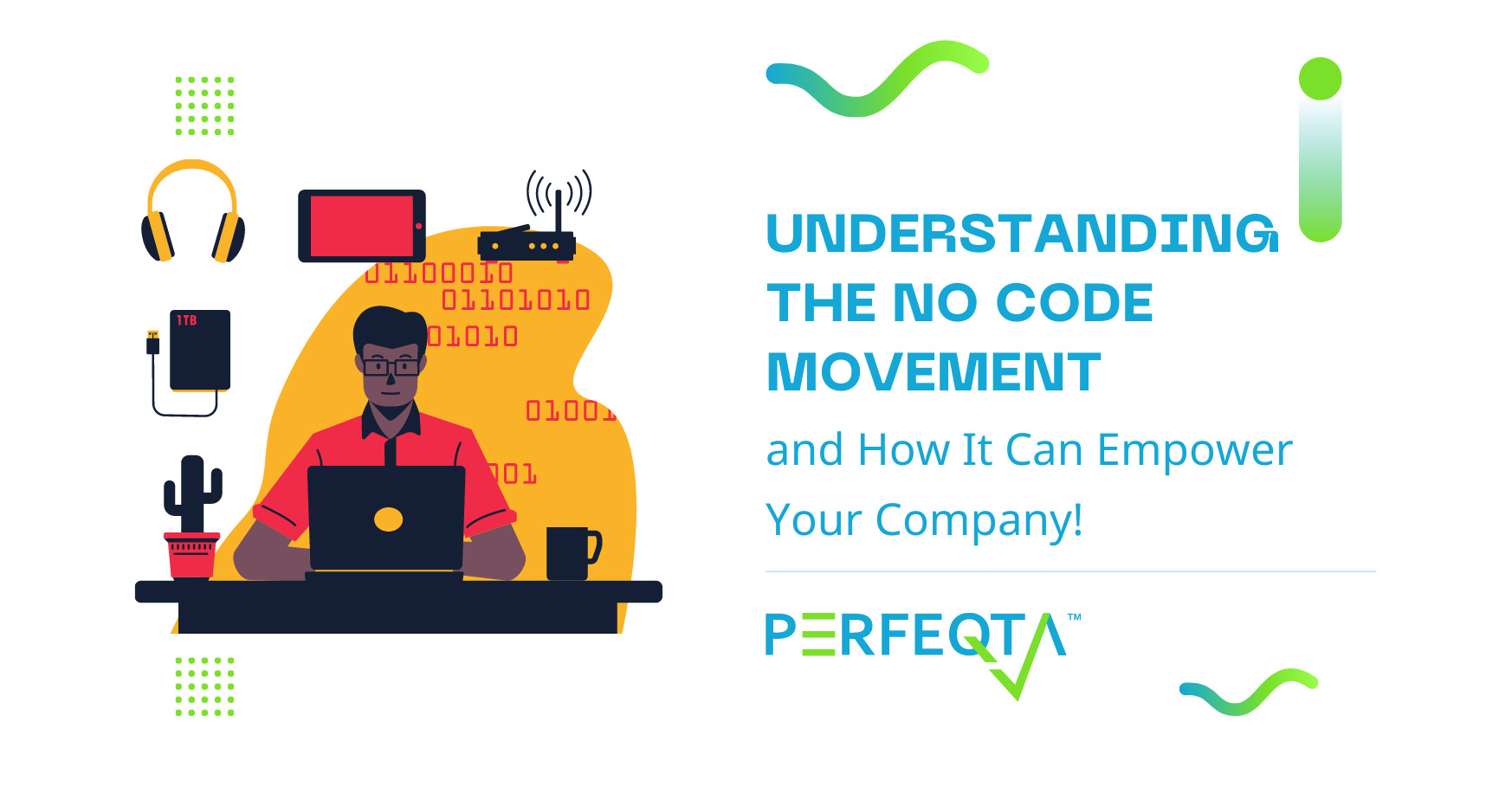Understanding The No-Code Movement and How It Can Empower Your Company


Right now, computer software engineers, programmers, and others with coding skills are in high demand. Even big companies offering sky-high salaries are struggling to find enough tech talent to build software platforms and solutions. But what if you didn’t need programmers to build out amazing tech solutions that could transform your business? Enter the no-code movement.
Writing software code is difficult even if you possess the necessary programming skills. With established software, programmers often have to sift through extensive documentation and the code itself to learn how a program works. Even adding small features can be a major pain. From the ground up, writing a simple smartphone app typically requires 50,000 or more lines of code. Large software solutions, such as the Chrome Browser, often consist of millions of lines of code.
Yet through the no-code movement, it’s increasingly possible to build software solutions without writing a single line of code. Instead, you can use a graphical interface to build software solutions yourself by dragging & dropping and other simple methods. This allows folks outside of the IT and programming departments to engage in self-service, building software solutions that fit their wants and needs.
Proponents of the no-code movement, including the team at PERFEQTA, believe that technology should facilitate and enable creation, empowering teams, and companies by increasing productivity, eliminating bottlenecks, and ensuring work is done properly. All too often, however, technology and the need for programming talent inhibits creation. Fortunately, the no-code movement provides a solution.
How Does No-Code Actually Work?
By using no-code solutions, it’s increasingly possible for folks to utilize a user interface to build software. This means you don’t have to write out countless lines of code. Instead, you can often simply drag and drop solutions, or perhaps you’ll use a menu GUI to select different solutions, combining them into a software platform that fits your specific needs. Thus saving you endless hours & saving you the stress that comes with custom coding.
Software built using a no-code platform still uses code, of course. Pull back the curtain on any software solution and you’ll find complicated lines of code. What’s important with the no-code movement is that you, the software user, don’t need to use code to code a software solution, website, or whatever else. Instead, someone else has already written the lines of code; you simply need to apply them as needed.
With PERFEQTA, for example, it’s possible to use over 3,000 different solutions already designed and programmed. These solutions offer a vast amount of functionality and work well in disparate industries. Whether your organization works in manufacturing, government, logistics, healthcare, or whatever else, you’ll find solutions you can not only use but depend on.
What’s more, you don’t need to establish:
- A large IT
- Software development teams
- & or create data analytics teams
Instead, you get to instantly unlock the potential of PERFEQTA. Right out of the box, our platform is easy to use and you can assemble software solutions customized to your needs.
Many no-code solutions also easily integrate with third-party solutions. This allows you to break down barriers, such as data silos, thus increasing productivity and results. With many no-code platforms, you don’t have to build expensive integrations and systems to use third-party solutions. Instead, you can often plug & play, allowing you and your team to get to work.
Further, lost knowledge is a dangerous risk with software platforms. If you build an in-house automation and workflow assistance platform and your developers leave, you may lose the knowledge needed to maintain, operate, and update your platform. With no-code and low-code solutions, you don’t have to worry about losing talent. You can serve yourself, maintaining, updating, and upgrading your system as needed.
And you can accomplish all of the above and more without writing a single line of code.






